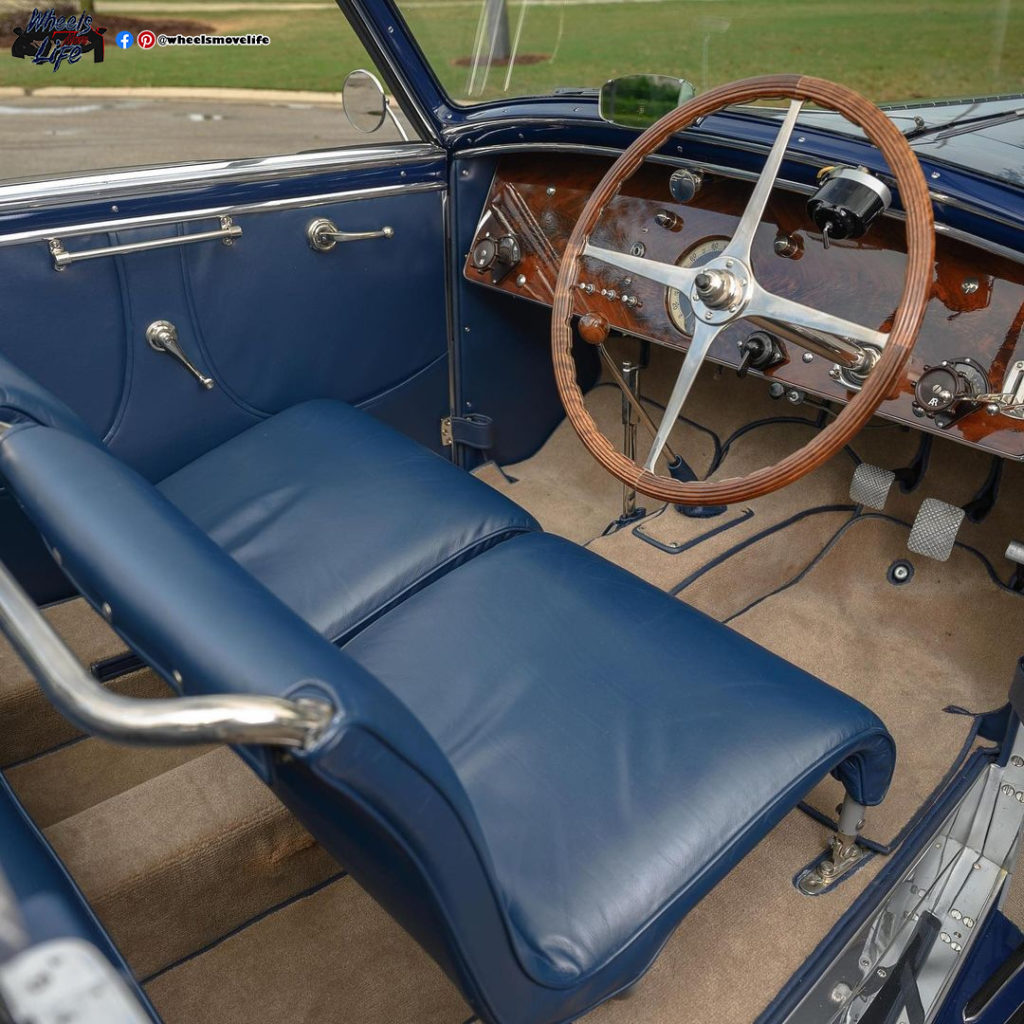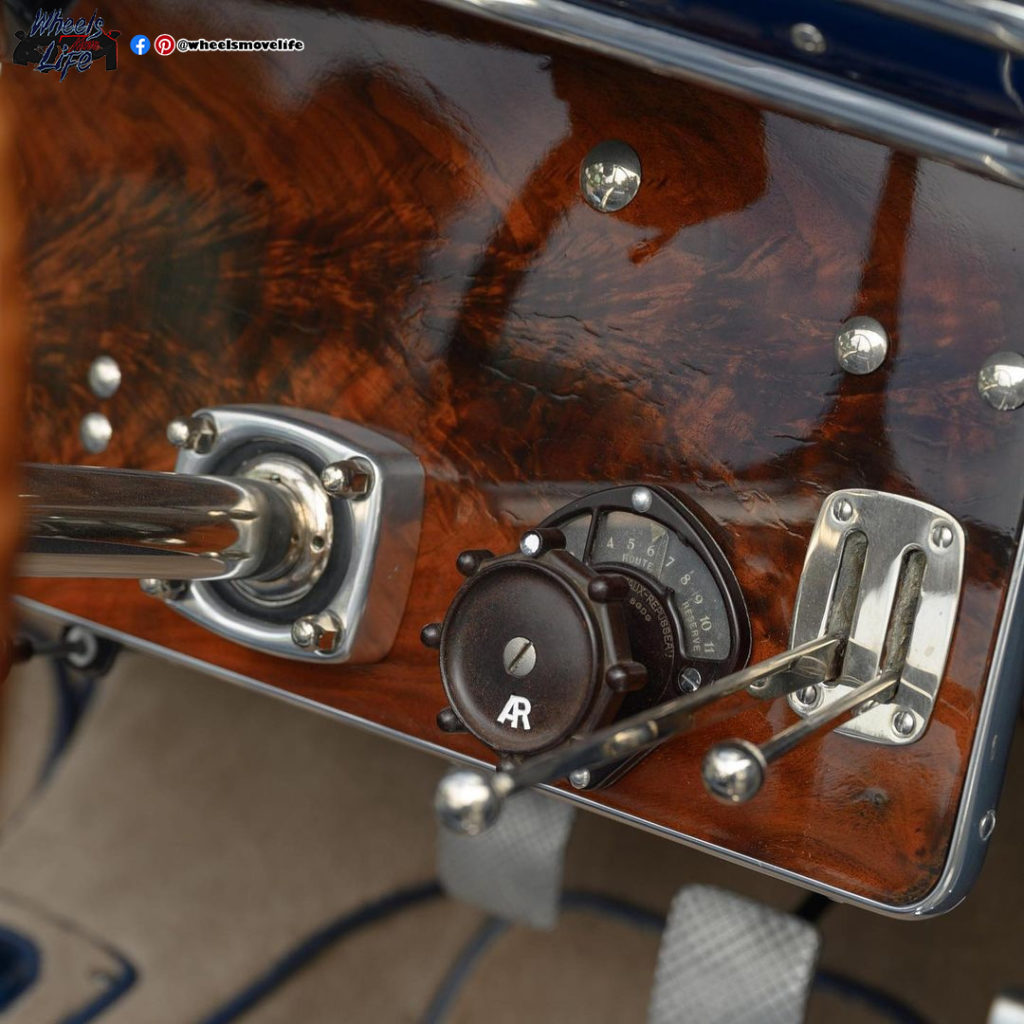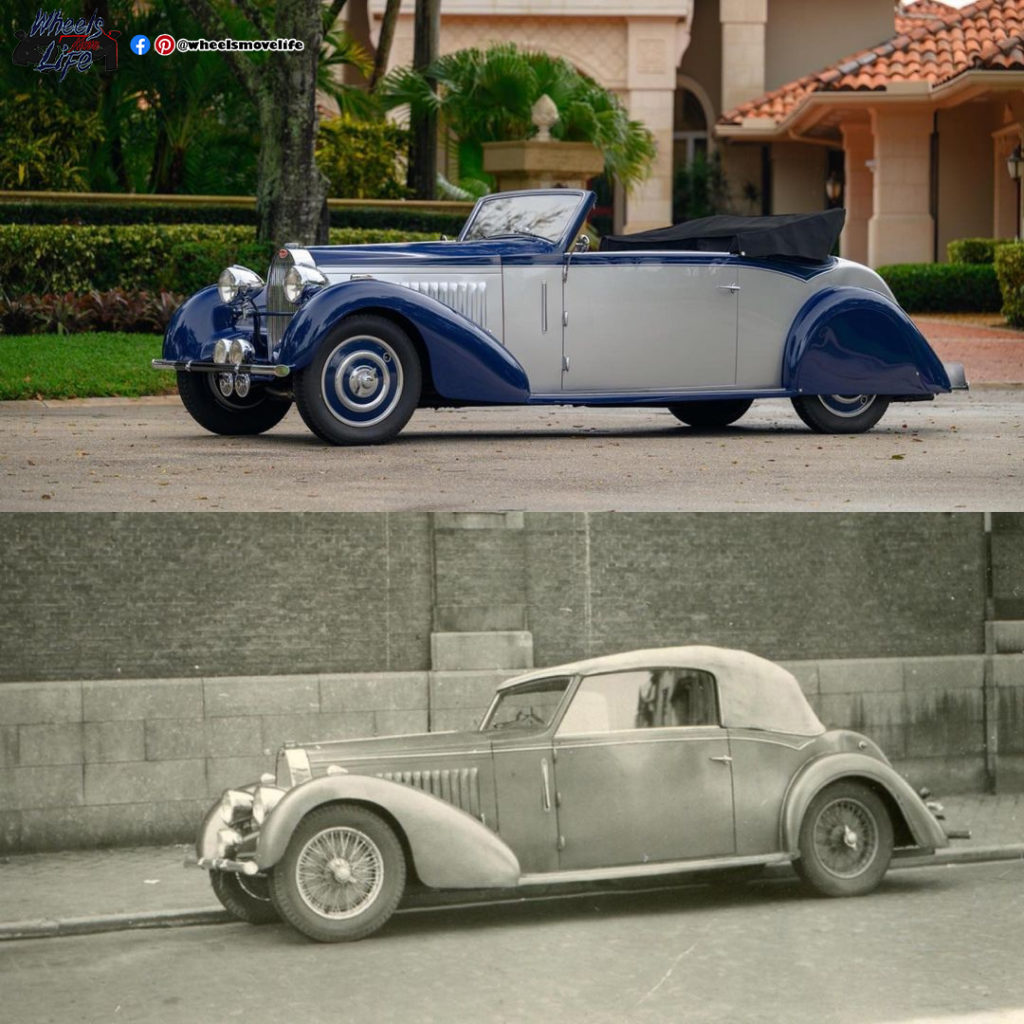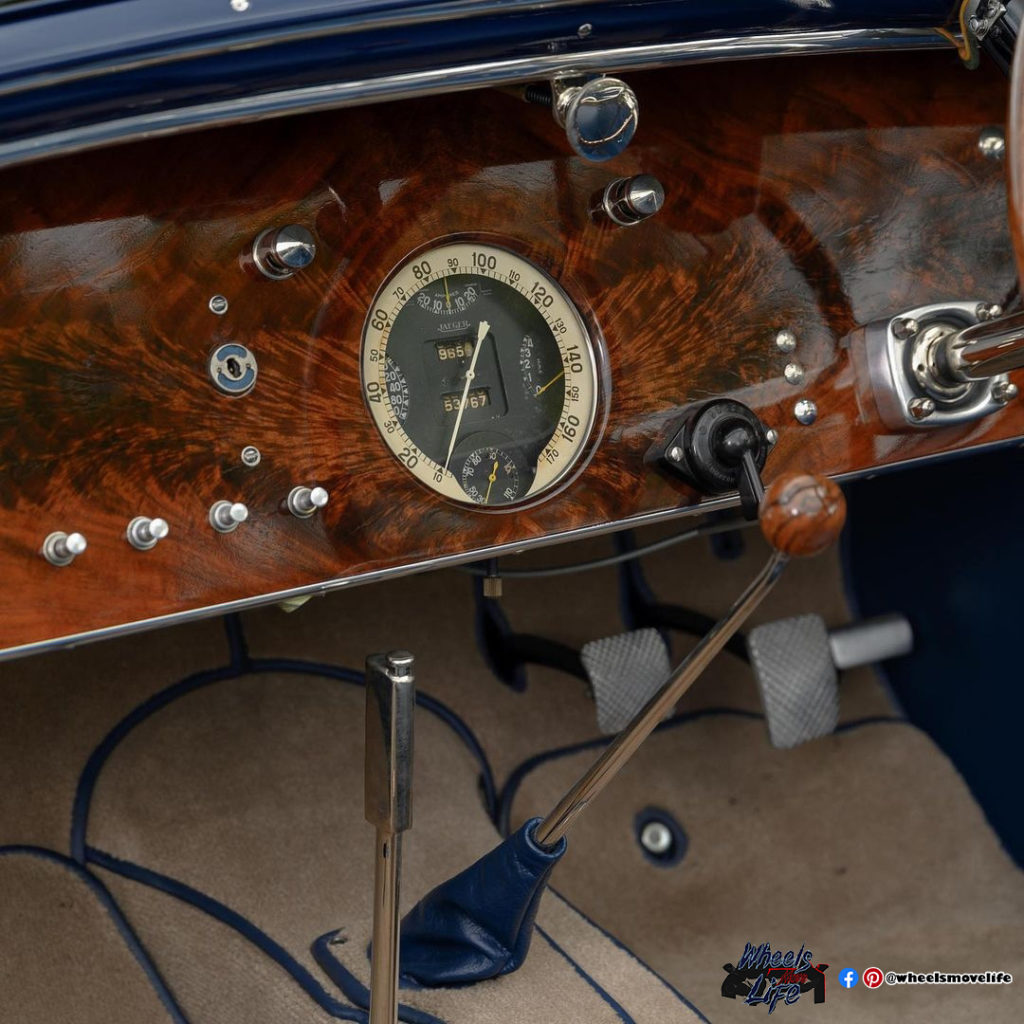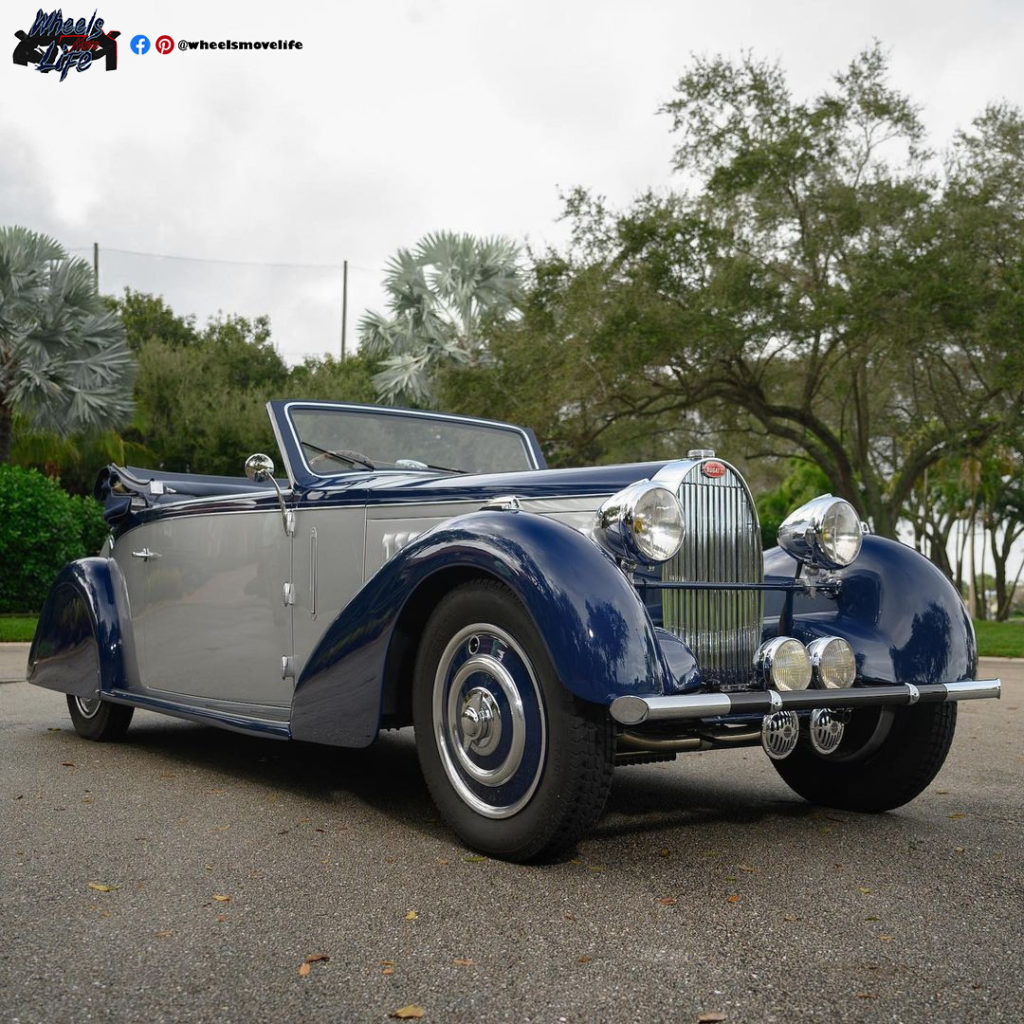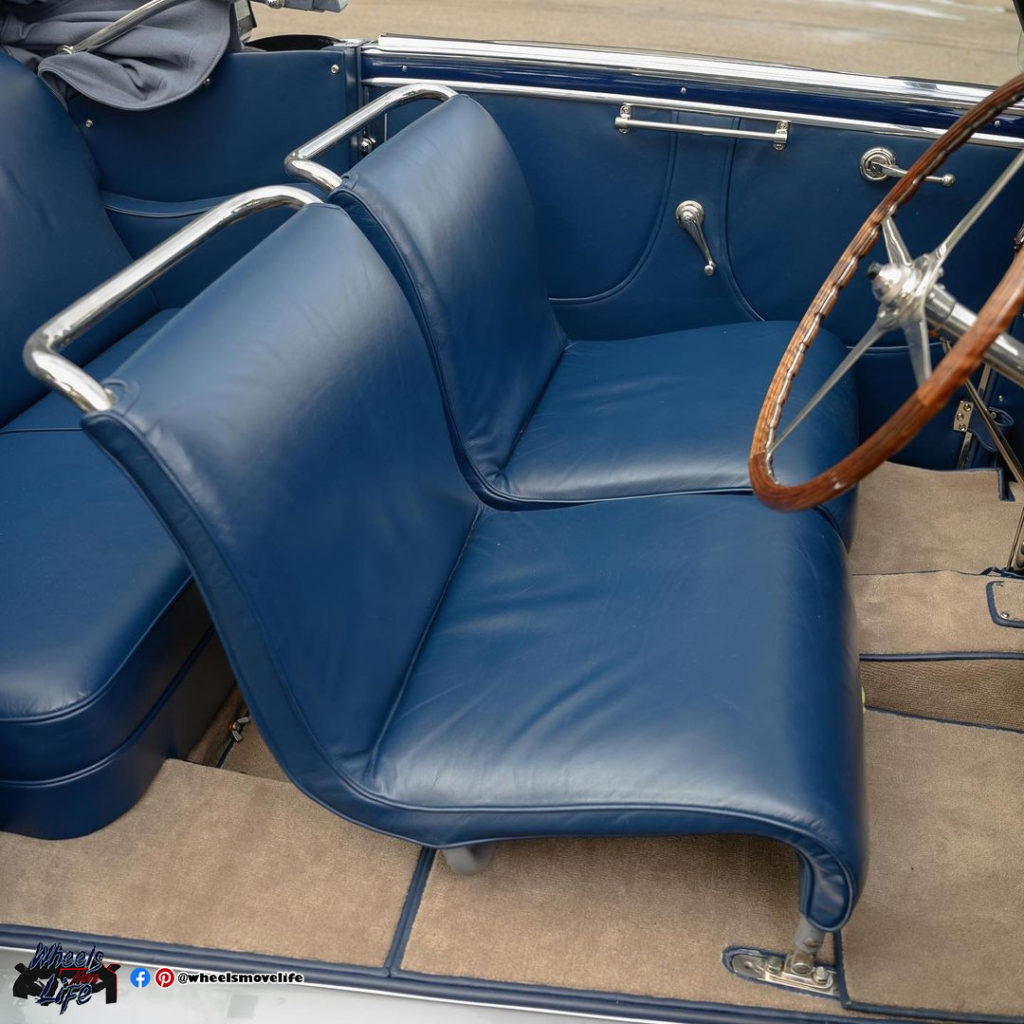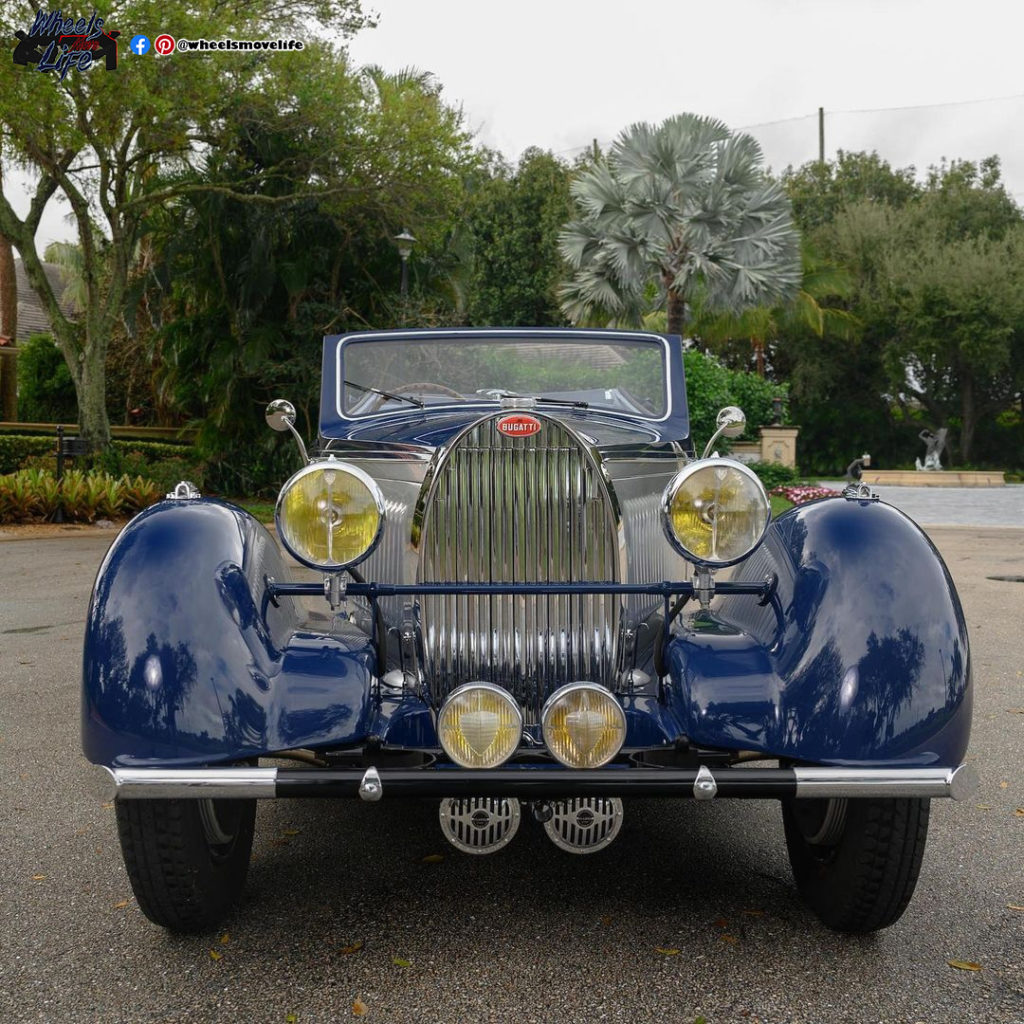The Bugatti Type 57 Stelvio was Bugatti’s factory-designed four-seat Cabriolet. The majority of the Stelvio bodywork were made by Gangloff of Colmar, who meticulously altered the design from vehicle to vehicle. The Stelvio, which was produced manually in tiny quantities, was the exotic car of the late 1930s.
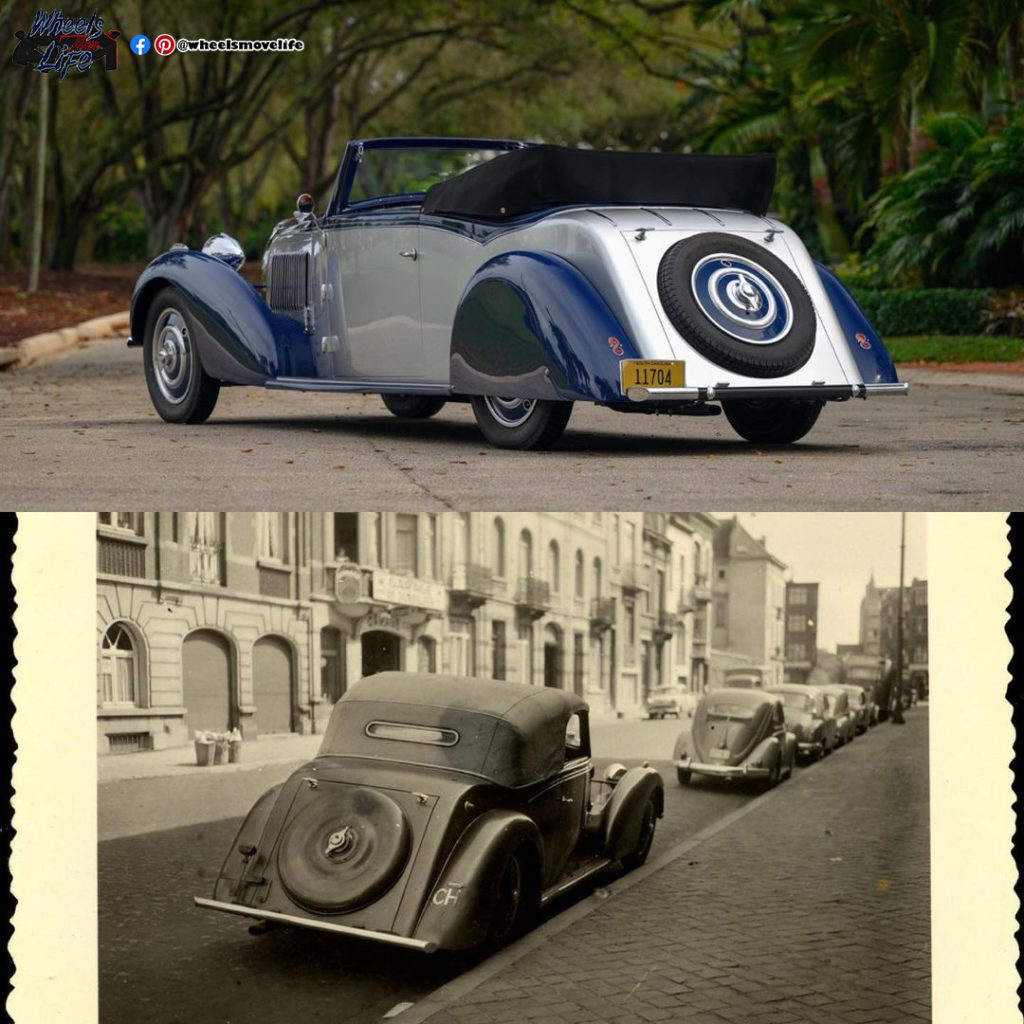
It was also a genuine road vehicle, as opposed to a racing vehicle with feigned conformity to the Highway Code. The Stelvio featured a folding windscreen and a top that could be tucked into a "cut-hole" at the back of the body to fold almost flat and out of sight.
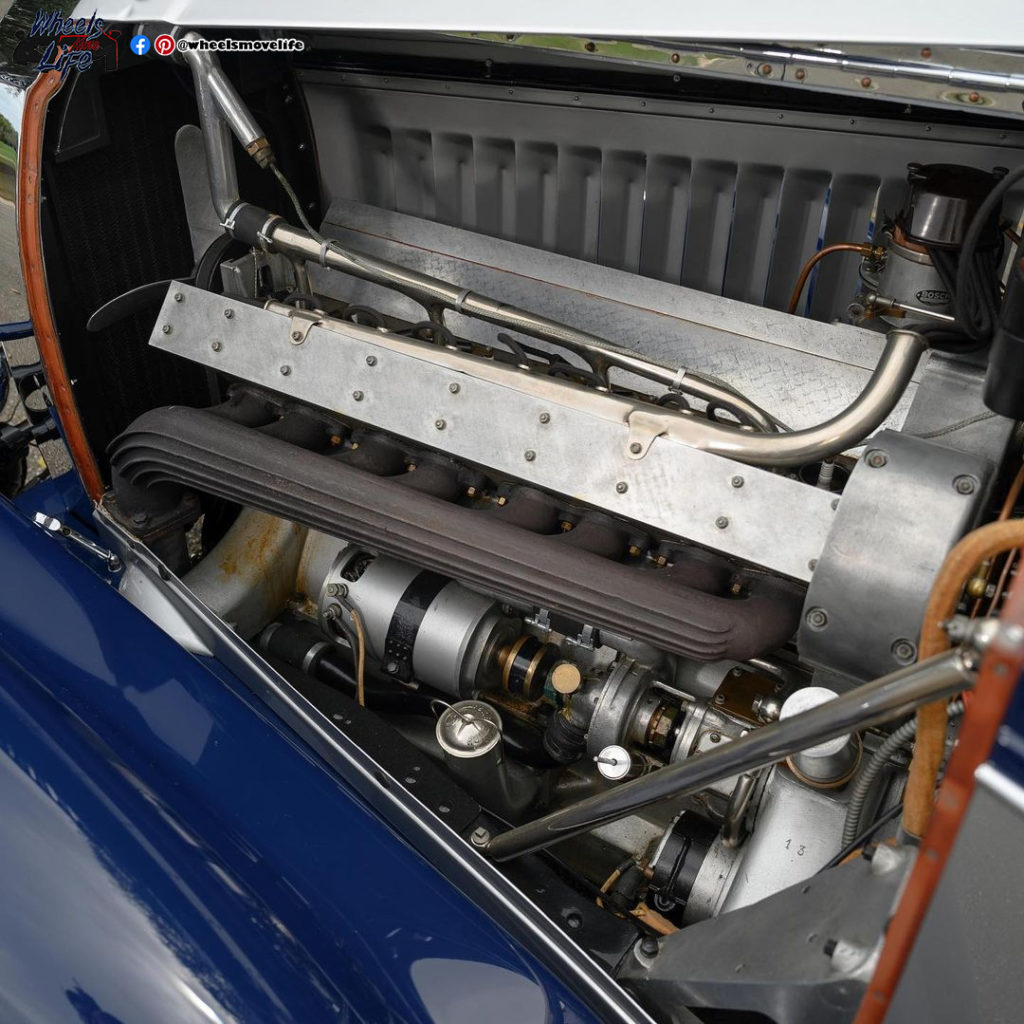
The 3.3 L (3,257 cc; 198 cu in) engine from the Type 59 Grand Prix cars was utilized in the Bugatti Type 57 Stelvio and produced 135 horsepower (100 kW). The Type 49's 3.3l twin-cam engine, which Jean Bugatti had substantially modified, was utilized in the base models. It meant speeds of just around 100 mph, even when scaled back for civilian usage. The "tuned" Type 57T improved upon the functionality of the standard Type 57. It had a top speed of 185 kilometres per hour (115 mph).
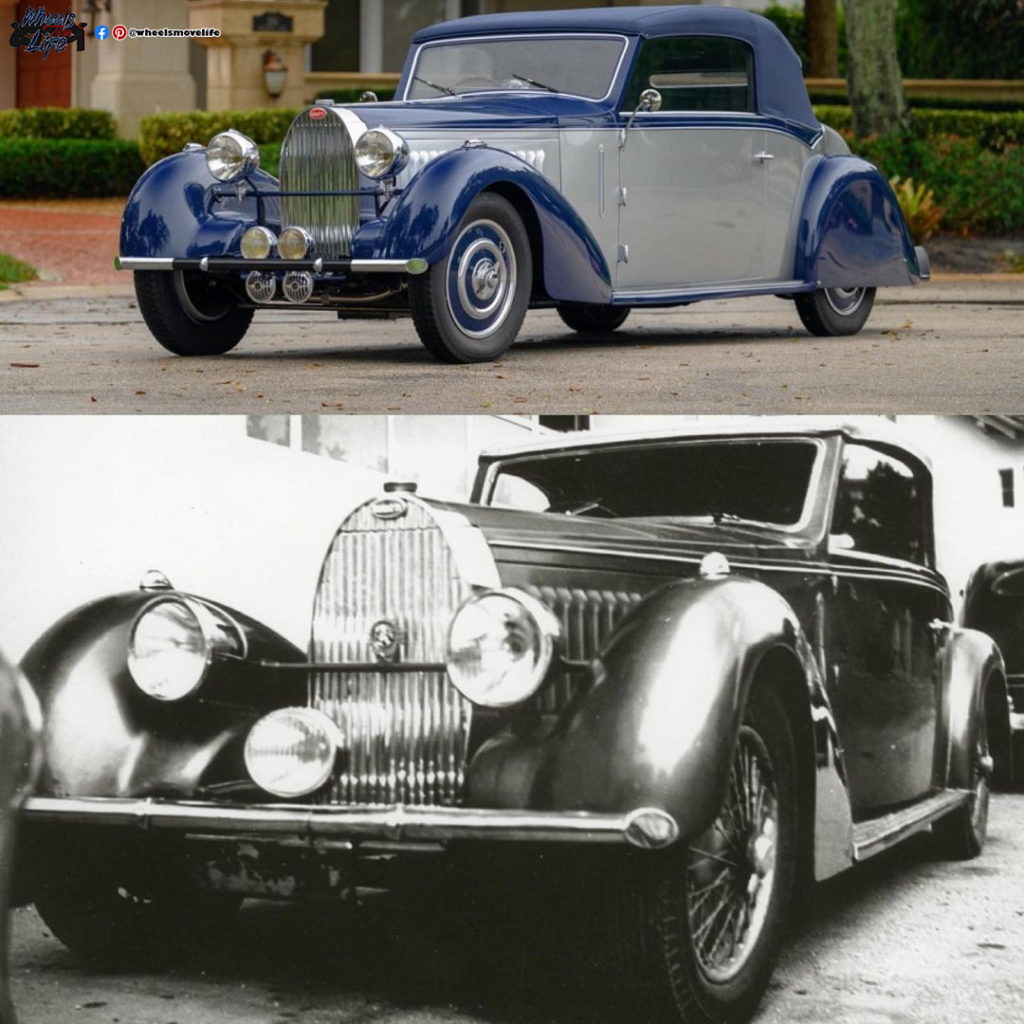
A grand tourer car known as the Bugatti Type 57 and later variations (such as the renowned Atlantic and Atalante) were produced between 1934 and 1940. Son of founder Ettore Bugatti, Jean Bugatti, came up with an altogether new design. There were 710 Type 57s made in total. The Passo dello Stelvio pass in the Eastern Alps inspired the name of the four-seat Cabriolet built by Bugatti, the Type 57 Stelvio. Gangloff of Colmar produced the majority of the Stelvio bodywork, and they meticulously altered the design from vehicle to vehicle.
